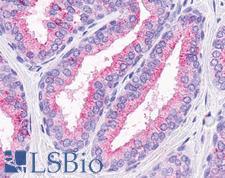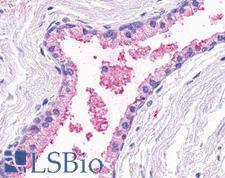Login
Registration enables users to use special features of this website, such as past
order histories, retained contact details for faster checkout, review submissions, and special promotions.
order histories, retained contact details for faster checkout, review submissions, and special promotions.
Forgot password?
Registration enables users to use special features of this website, such as past
order histories, retained contact details for faster checkout, review submissions, and special promotions.
order histories, retained contact details for faster checkout, review submissions, and special promotions.
Quick Order
Products
Antibodies
ELISA and Assay Kits
Research Areas
Infectious Disease
Resources
Purchasing
Reference Material
Contact Us
Location
Corporate Headquarters
Vector Laboratories, Inc.
6737 Mowry Ave
Newark, CA 94560
United States
Telephone Numbers
Customer Service: (800) 227-6666 / (650) 697-3600
Contact Us
Additional Contact Details
Login
Registration enables users to use special features of this website, such as past
order histories, retained contact details for faster checkout, review submissions, and special promotions.
order histories, retained contact details for faster checkout, review submissions, and special promotions.
Forgot password?
Registration enables users to use special features of this website, such as past
order histories, retained contact details for faster checkout, review submissions, and special promotions.
order histories, retained contact details for faster checkout, review submissions, and special promotions.
Quick Order
PathPlusTM OR51E1 Antibodies
Olfactory receptors interact with odorant molecules in the nose, to initiate a neuronal response that triggers the perception of a smell. The olfactory receptor proteins are members of a large family of G-protein-coupled receptors (GPCR) arising from single coding-exon genes. Olfactory receptors share a 7-transmembrane domain structure with many neurotransmitter and hormone receptors and are responsible for the recognition and G protein-mediated transduction of odorant signals. The olfactory receptor gene family is the largest in the genome. OR51E1 has been shown to be expressed in enteroendocrine cells in the intestine, modulated by intestinal microbiota, as well as mediating GLP-1 secretion.
References: https://doi.org/10.1371/journal.pone.0129501; Journal of the Endocrine Society, Volume 2, Issue 11, November 2018, Pages 1251–1258
2 PathPlusTM Antibodies


☰ Filters
Products
Antibodies
(2)
Type
Primary
(2)
Target
OR51E1
(2)
Reactivity
Human
(2)
Monkey
(1)
Application
IHC
(2)
IHC-P
(2)
Host
rabbit
(2)
Product Group
Alzheimer's Disease
(2)
GPCR Database Antibodies
(2)
PathPlus Neuro
(2)
Clonality
polyclonal pc
(2)
Format
Unconjugated
(2)
Epitope
C-Terminus
(1)
Cytoplasmic Domain
(1)
Publications
No
(1)
Yes
(1)

Neuroscience
OR51E1 Rabbit anti-Human Polyclonal (C-Terminus) Antibody
Human
IHC, IHC-P
Unconjugated
50 µg/$440

Neuroscience
Fast Shipping
OR51E1 Rabbit anti-Human Polyclonal (Cytoplasmic Domain) Antibody
Human, Monkey
IHC, IHC-P
Unconjugated
50 µg/$395
Viewing 1-2
of 2
product results











